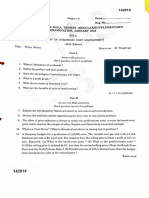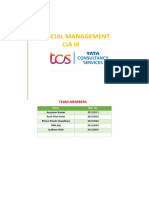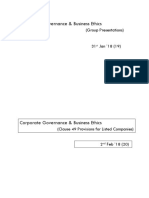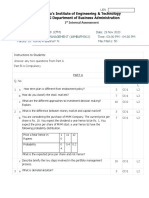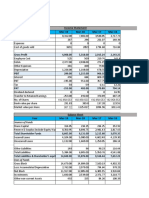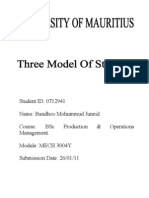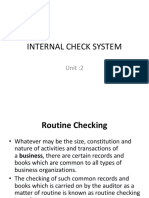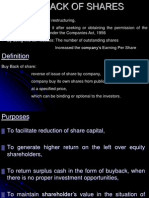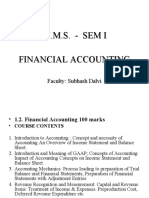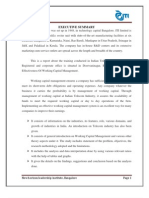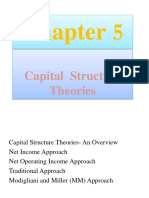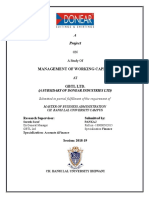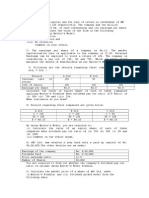0% found this document useful (0 votes)
674 views12 pagesVALUATION OF SHARES PPT Anshuman Pradhan
The document discusses various methods of valuing shares including asset-backing, yield-basis, fair value, return on capital employed, and price-earnings ratio methods. It describes how to calculate share value using the asset-backing and yield-basis methods in detail.
Uploaded by
Anshuman PradhanCopyright
© © All Rights Reserved
We take content rights seriously. If you suspect this is your content, claim it here.
Available Formats
Download as PPTX, PDF, TXT or read online on Scribd
0% found this document useful (0 votes)
674 views12 pagesVALUATION OF SHARES PPT Anshuman Pradhan
The document discusses various methods of valuing shares including asset-backing, yield-basis, fair value, return on capital employed, and price-earnings ratio methods. It describes how to calculate share value using the asset-backing and yield-basis methods in detail.
Uploaded by
Anshuman PradhanCopyright
© © All Rights Reserved
We take content rights seriously. If you suspect this is your content, claim it here.
Available Formats
Download as PPTX, PDF, TXT or read online on Scribd
/ 12

